In recent years, xeriscaping has become a popular choice for gardeners looking to create beautiful, sustainable landscapes that require minimal water and upkeep. The term “xeriscape” comes from the Greek word “xeros,” meaning dry, and it emphasizes water conservation through thoughtful garden design and plant selection. Xeriscaping is especially well-suited to arid and semi-arid regions, but its principles can be applied to any garden, making it an excellent choice for those seeking a low-maintenance, eco-friendly outdoor space.
What is Xeriscaping?
Xeriscaping is a landscaping method that focuses on reducing water use by incorporating drought-tolerant plants, efficient irrigation systems, and mulching techniques. The goal is to create a visually appealing garden that thrives with minimal water, making it ideal for areas prone to drought or water restrictions. However, xeriscaping isn’t just about planting cacti and rocks; it’s about smart design and selecting plants that are naturally adapted to your local climate.
The Benefits of Xeriscaping
There are several compelling reasons to consider xeriscaping:
- Water Conservation: Xeriscaped gardens use up to 50-75% less water than traditional landscapes, making them an excellent choice for areas facing water shortages or those looking to reduce their environmental footprint.
- Low Maintenance: Once established, xeriscape gardens require less upkeep, including reduced mowing, weeding, and fertilizing.
- Cost Savings: With less need for water, fertilizers, and other garden maintenance, xeriscaping can save you money in the long run.
- Wildlife-Friendly: Native plants used in xeriscaping often provide habitat and food for local wildlife, including birds, butterflies, and bees.
Steps to Create a Xeriscape Garden
1. Plan Your Garden Layout
The first step in creating a xeriscape garden is planning your layout. Consider the natural contours of your land, the direction of sunlight, and areas that receive more or less water. Group plants with similar water and sunlight needs together to create “zones” that can be watered more efficiently.
Design Tip: Incorporate pathways, sitting areas, and hardscapes (like rocks or gravel) to add visual interest and reduce the area that requires watering.
2. Choose Drought-Tolerant Plants
Plant selection is crucial in xeriscaping. Opt for native or drought-tolerant plants that are well-suited to your region’s climate. These plants have adapted to local conditions and require less water and care once established.
Popular Xeriscape Plants:
- Succulents: These water-storing plants, such as agave, aloe, and sedum, thrive in dry conditions and come in various shapes and sizes.
- Native Grasses: Species like blue grama, buffalo grass, and switchgrass are excellent for adding texture and movement to your garden.
- Perennials: Consider drought-tolerant perennials like lavender, yarrow, and Russian sage, which offer color and fragrance with minimal water needs.
- Shrubs and Trees: Choose shrubs like juniper, manzanita, and rosemary, or trees like mesquite and desert willow, which are well-adapted to dry conditions.
3. Efficient Irrigation
Watering is the most critical aspect of xeriscaping. The goal is to use water as efficiently as possible. Drip irrigation systems are ideal for xeriscape gardens because they deliver water directly to the plant roots, minimizing evaporation and runoff.
Irrigation Tips:
- Use Soaker Hoses or Drip Systems: These systems ensure that water goes where it’s needed most—at the roots of the plants.
- Water in the Early Morning: This reduces water loss due to evaporation and helps plants absorb moisture more effectively.
- Install a Rain Barrel: Collecting rainwater for garden use is an eco-friendly way to irrigate your xeriscape garden.
4. Mulching
Mulch is a key component of xeriscaping, as it helps retain soil moisture, suppress weeds, and regulate soil temperature. Organic mulches like wood chips, bark, or compost gradually decompose, adding nutrients to the soil. Inorganic mulches like gravel or stone can also be used, particularly in areas with higher foot traffic.
Mulching Tips:
- Apply a Thick Layer: A 2-4 inch layer of mulch is typically sufficient to prevent evaporation and suppress weeds.
- Avoid Mulching Right Against Stems: Leave a small gap around the base of plants to prevent rot.
5. Minimize Lawn Areas
Traditional lawns are water-intensive and require regular maintenance. In xeriscaping, it’s recommended to minimize or eliminate lawn areas. Instead, consider using native grasses, ground covers, or hardscape elements like gravel or stepping stones.
Alternatives to Lawn:
- Ground Covers: Plants like creeping thyme, woolly yarrow, or blue star creeper provide lush coverage with minimal water needs.
- Artificial Turf: For those who desire a green space without upkeep, artificial turf can be an attractive and water-free option.
- Rock Gardens: A well-designed rock garden can add beauty and interest to your landscape while being completely drought-tolerant.
6. Maintain Your Xeriscape Garden
While xeriscape gardens are low-maintenance, they still require some care, especially in the first few years as plants establish themselves. Regularly check your irrigation system for leaks, remove weeds that may compete with your plants for water, and prune as necessary to maintain plant health.
Maintenance Tips:
- Weed Regularly: Mulching helps suppress weeds, but any that do pop up should be removed promptly.
- Prune and Trim: Keep your garden looking tidy and healthy by removing dead or overgrown plant material.
- Monitor Soil Moisture: Even drought-tolerant plants need water during extended dry periods, so check the soil moisture regularly.
Conclusion
Creating a low-maintenance xeriscape garden is an excellent way to enjoy a beautiful, sustainable landscape that requires minimal water and upkeep. By carefully selecting drought-tolerant plants, implementing efficient irrigation, and reducing lawn areas, you can create a garden that’s both eco-friendly and visually stunning. Whether you live in an arid region or simply want to reduce your water usage, xeriscaping offers a smart, stylish solution for modern gardening.
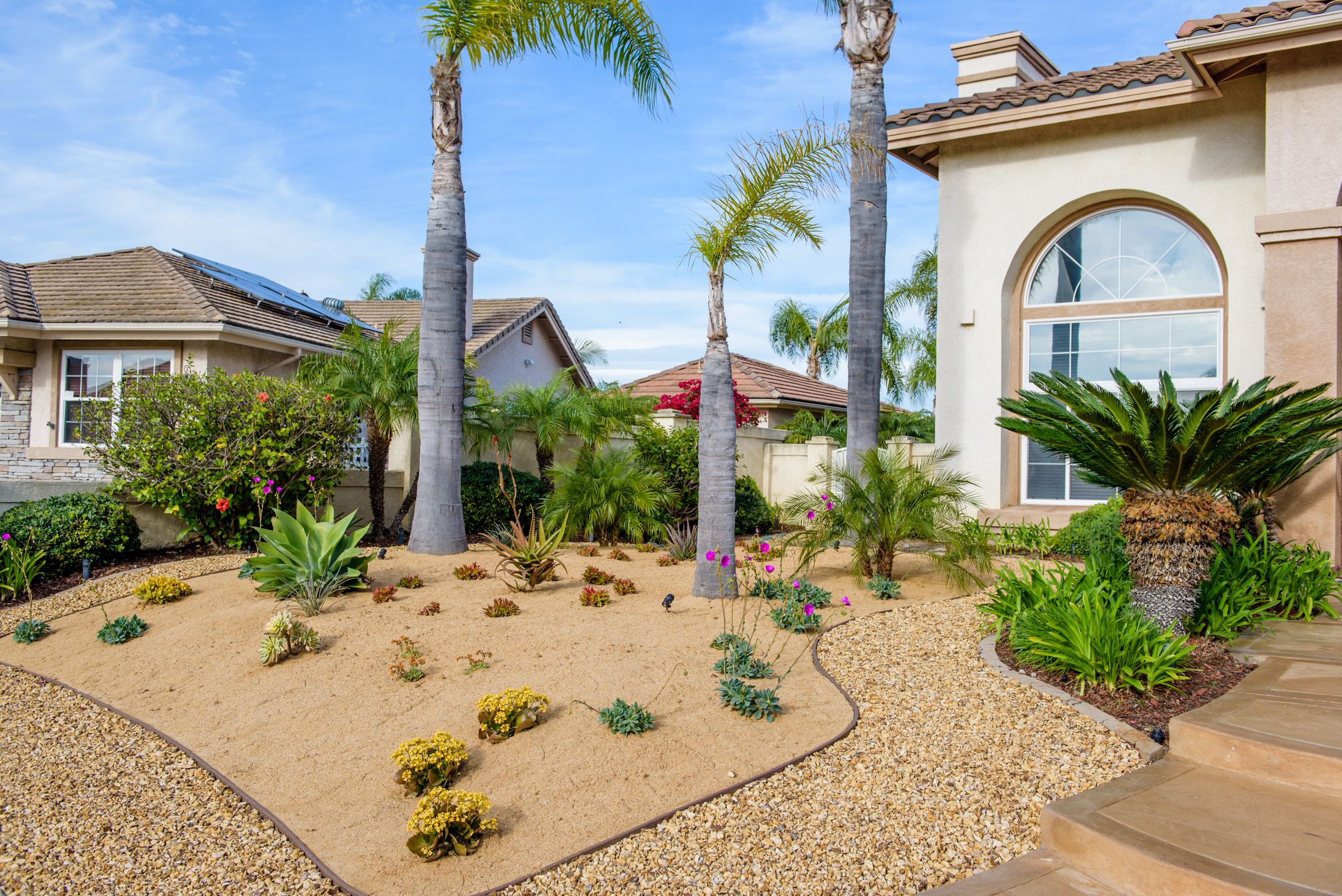
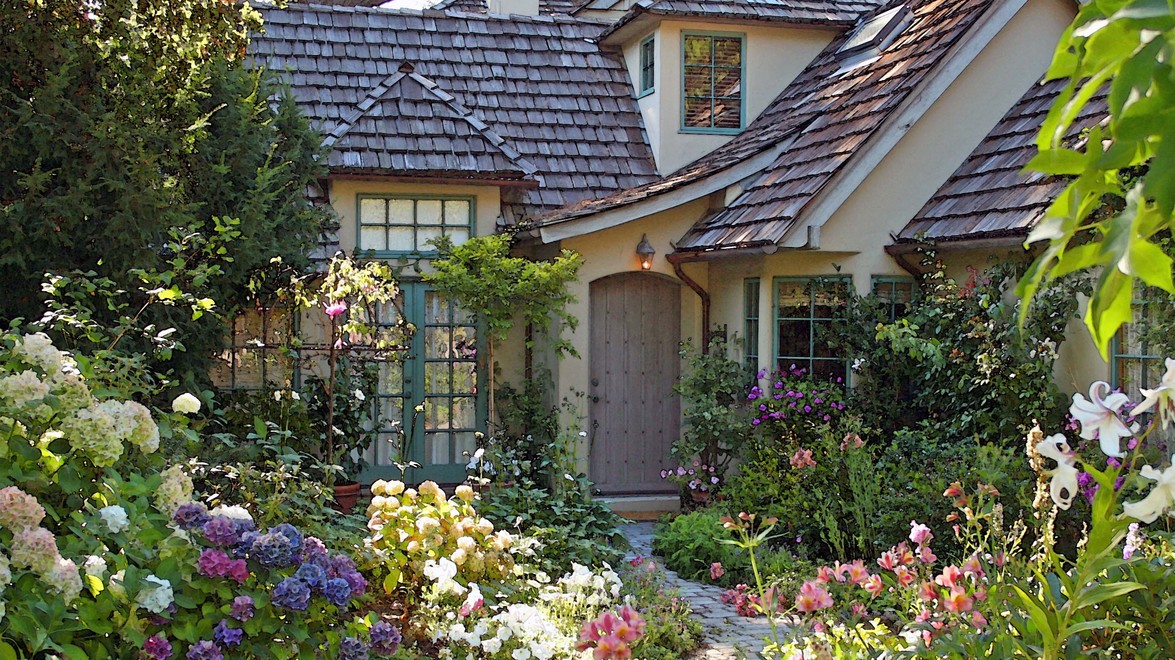
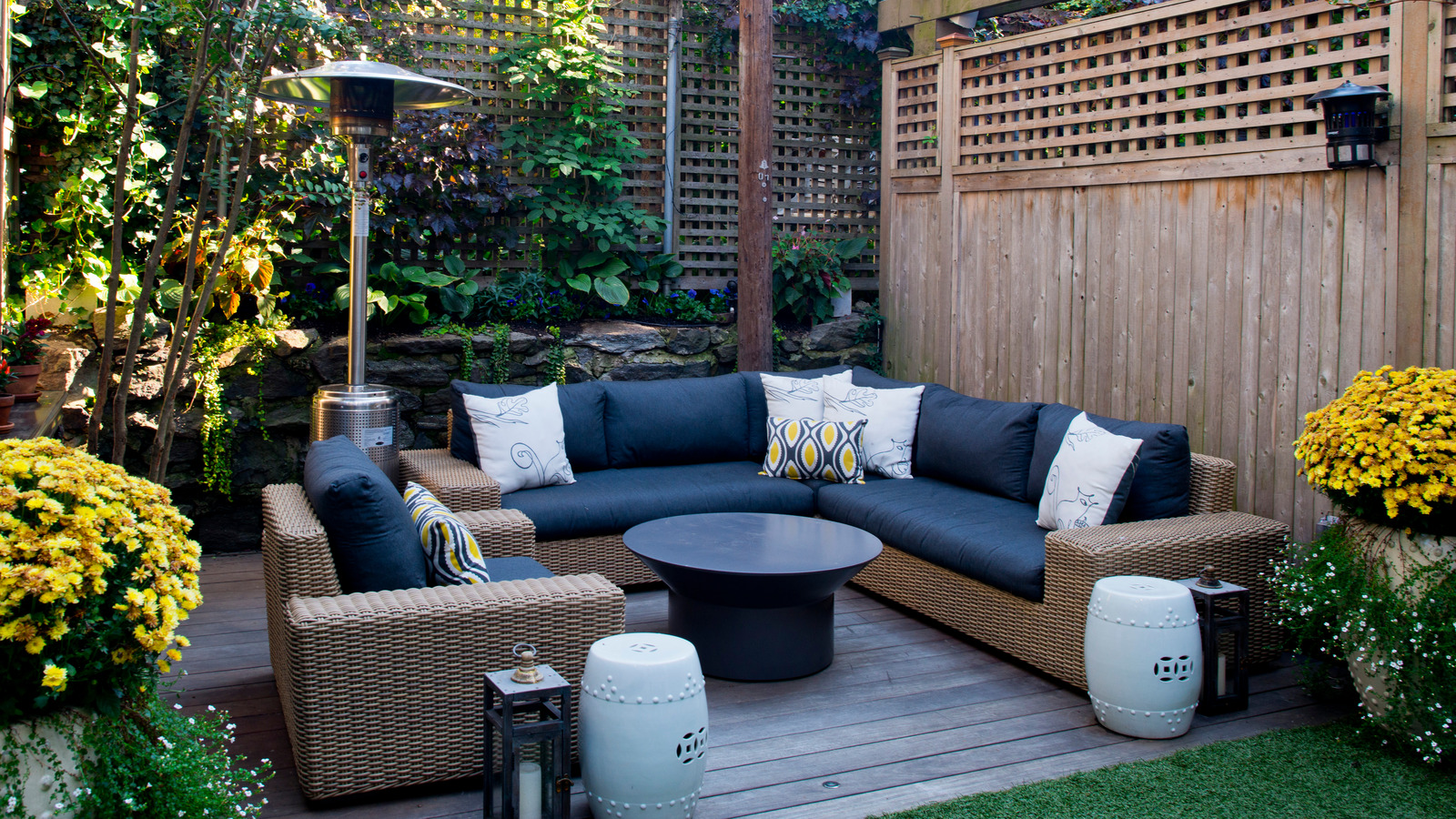
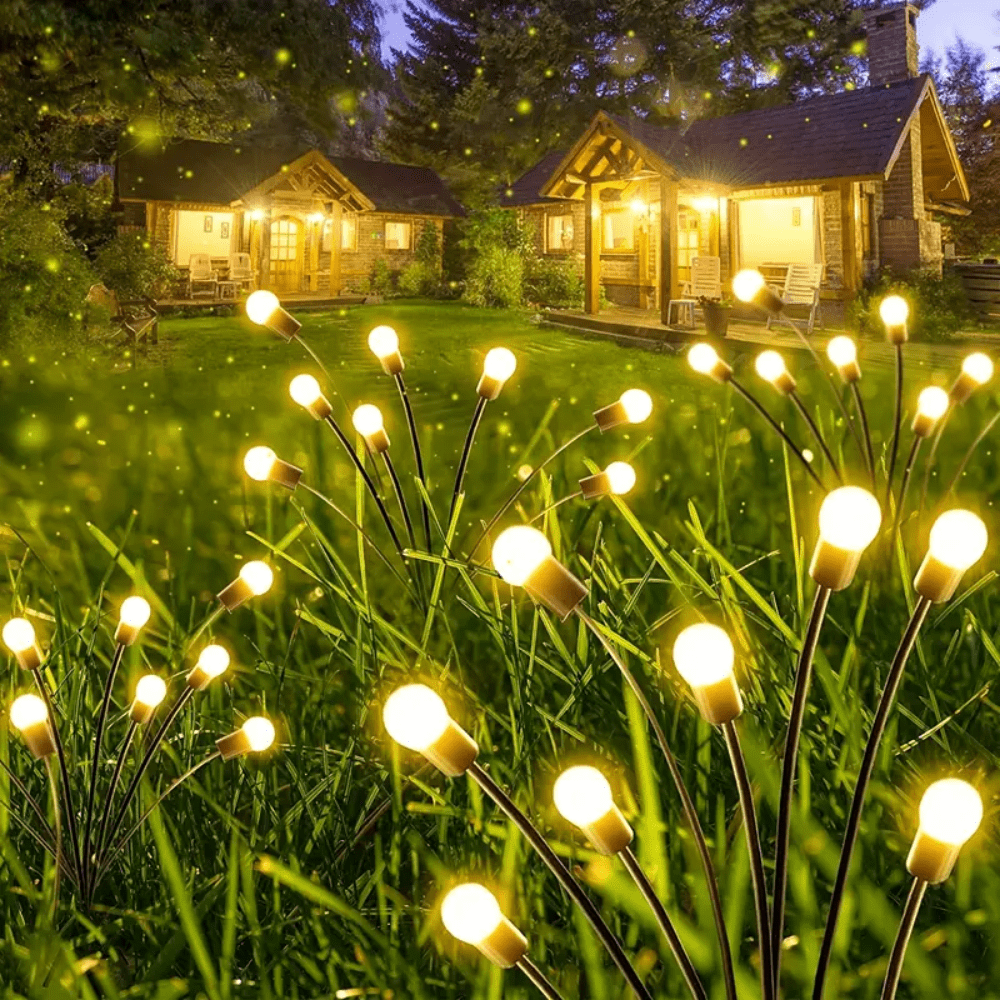
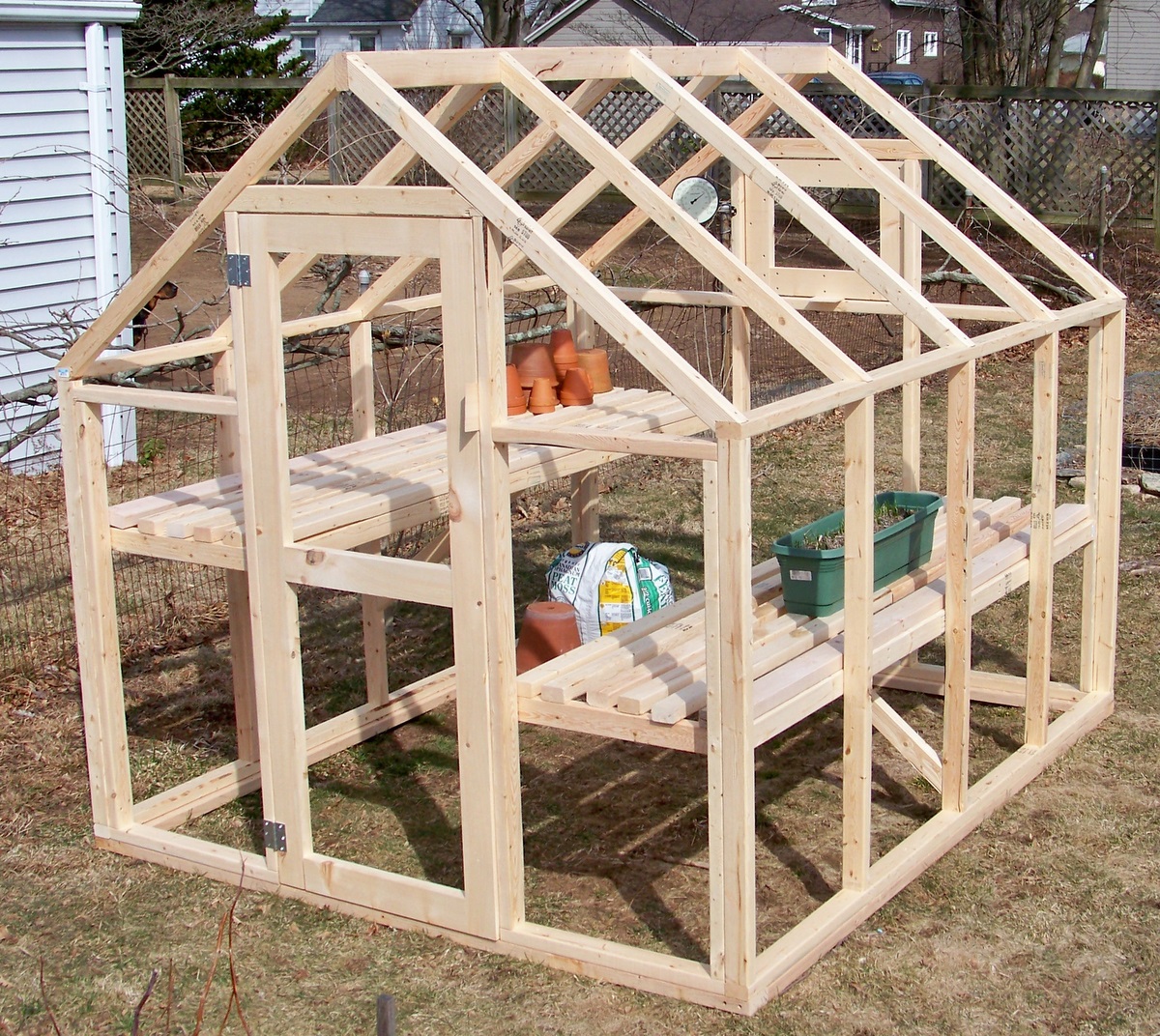
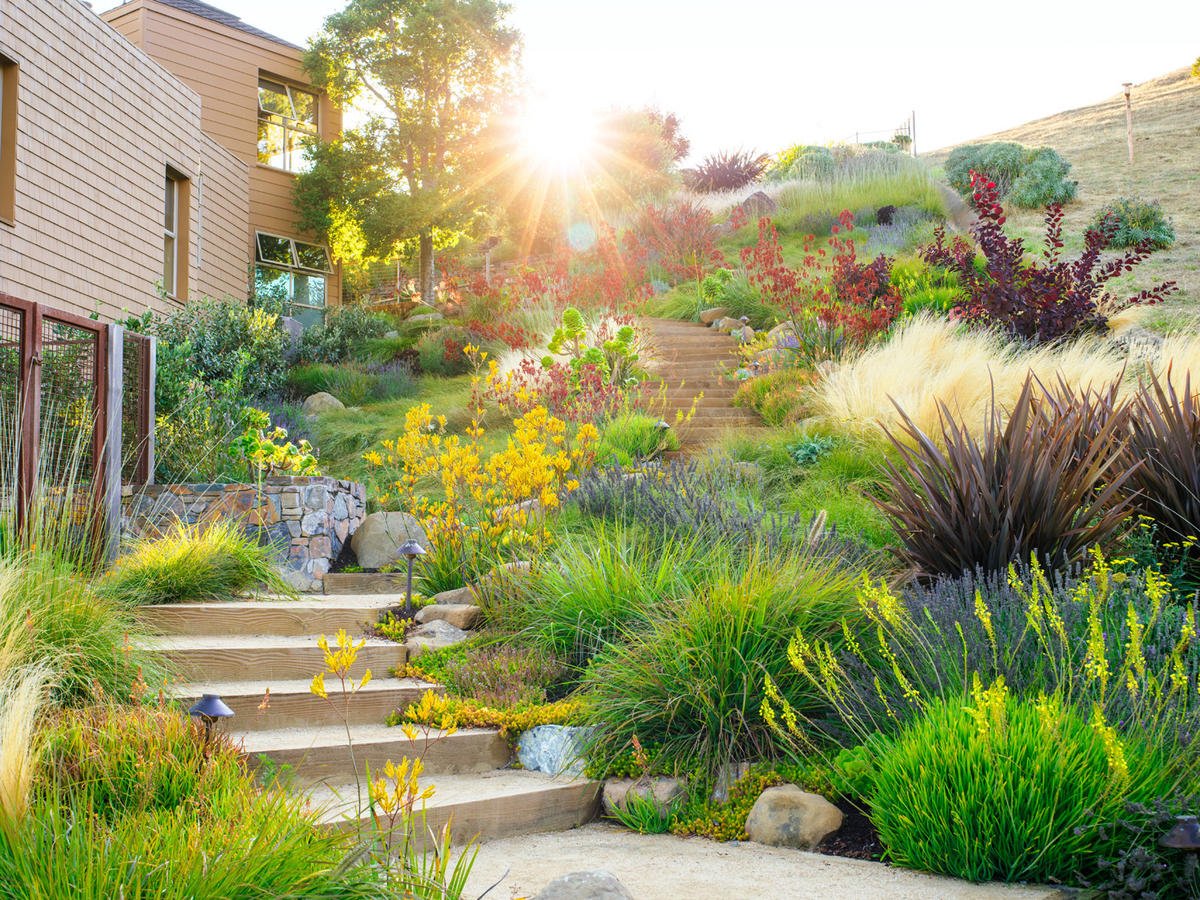
Leave a Reply